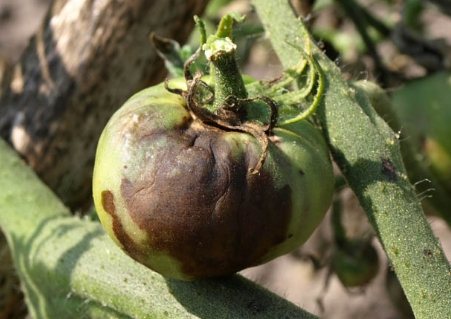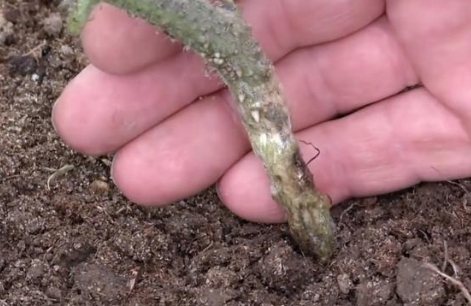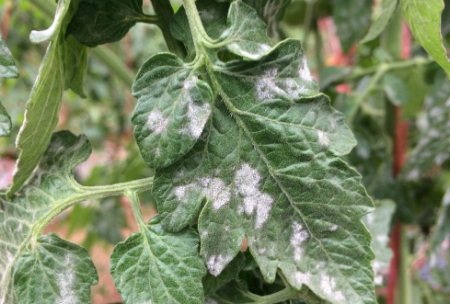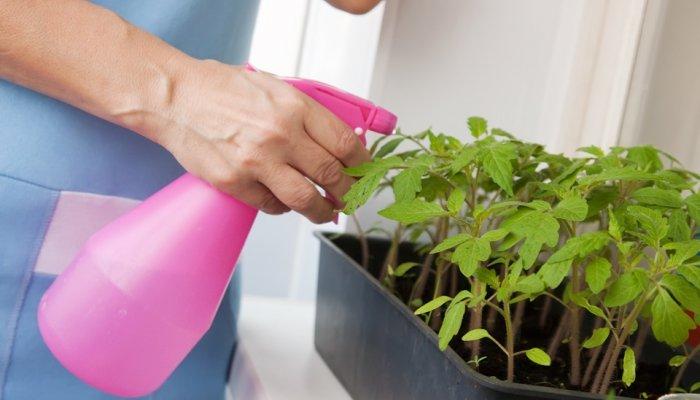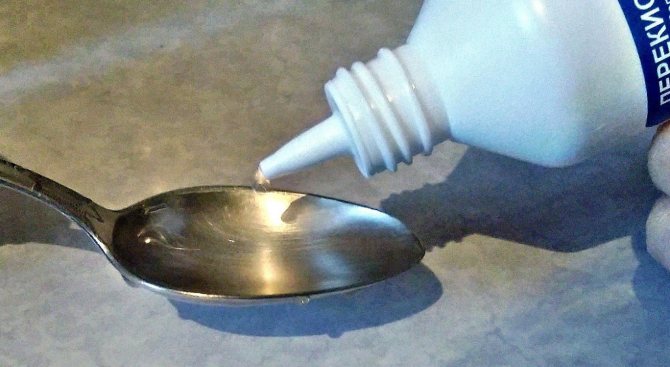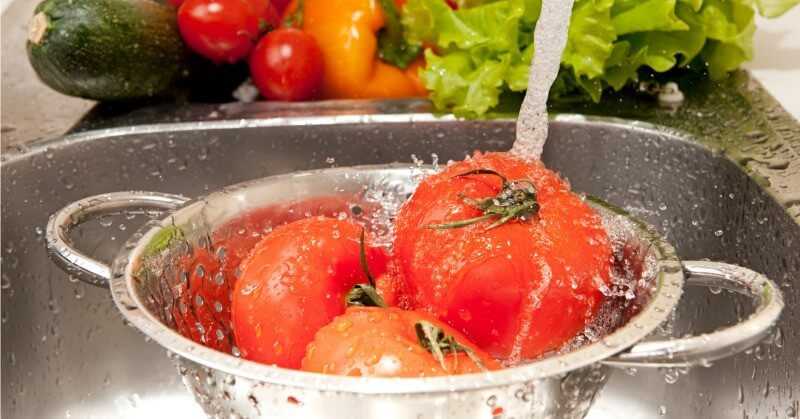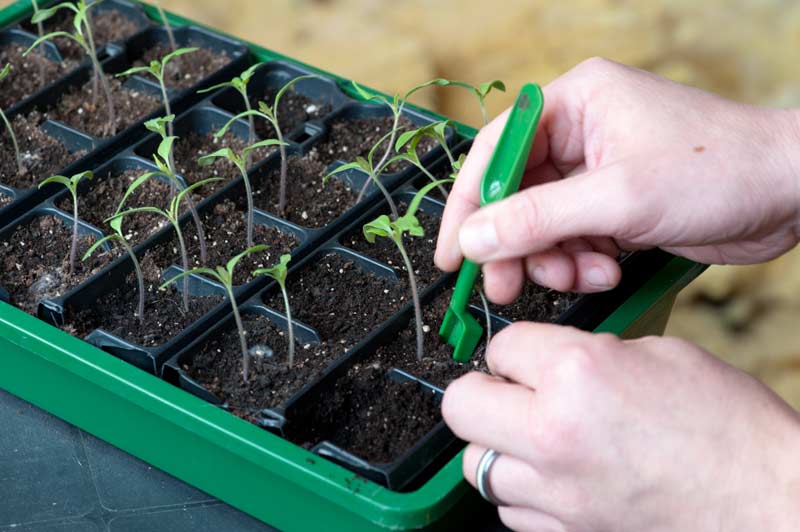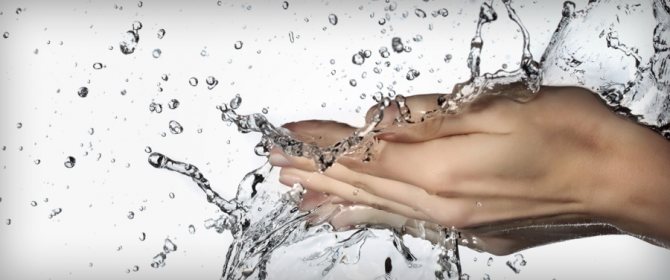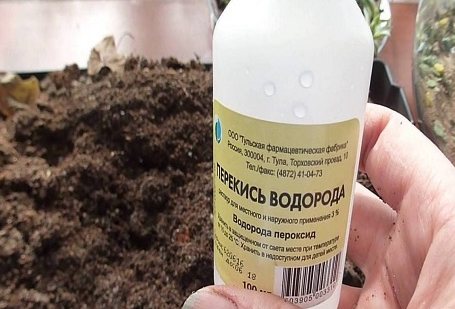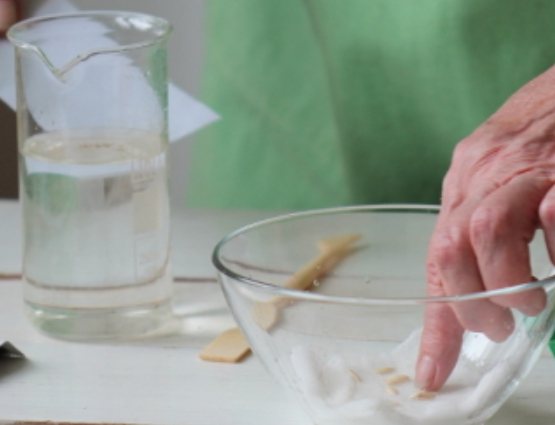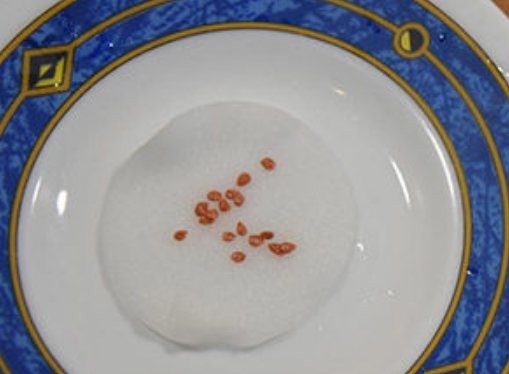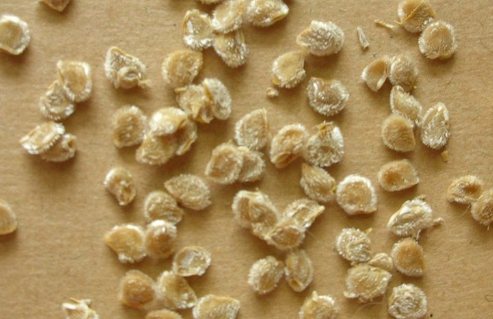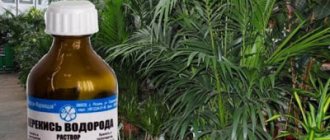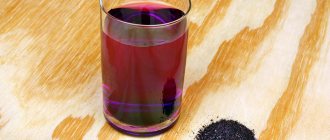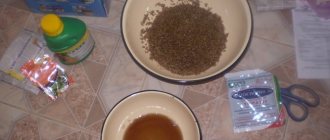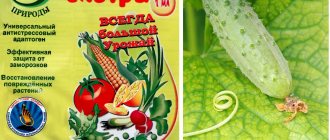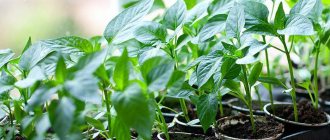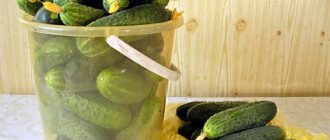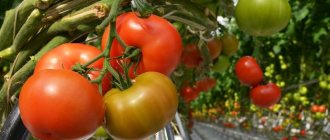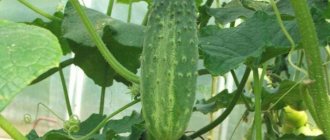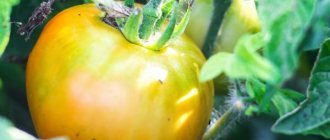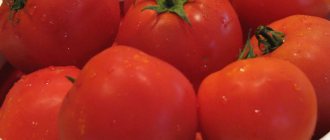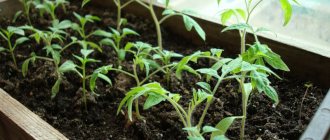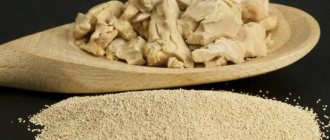A little about hydrogen peroxide
This substance belongs to the representatives of peroxides and is called peroxide or hydrogen peroxide and is a liquid with a metallic taste, without color. It dissolves well in water. Important biological features of hydrogen peroxide are its bactericidal and oxidizable properties.
The drug is produced in the form of an aqueous solution of various concentrations, as well as in tablets called Hydroperite. Hydrogen peroxide is widely used, in particular:
- in industry;
- in analytical chemistry;
- in medicine;
- as a cosmetic;
- in the food industry;
- at home;
- in crop production.
Diseases and pests
| Phytophthora Prepare a solution at the rate of 2 tbsp. spoons for 2 liters. water. Treat all damaged areas. It is better to remove strongly blackened leaves and fruits |
| Root rot Prepare a solution of 20 ml of peroxide and one and a half liters of water. Process the root part. Water the plants with the rest of the solution |
| White spot Make a solution of 4 tbsp. l. peroxide, 1 tbsp. l. copper oxychloride and 10 liters of water. Mix well. Process all plants... Try to cover the stems and leaves with the composition on all sides |
Using hydrogen peroxide for watering seedlings
Hydrogen peroxide is used in plant growing as a fertilizer for seedlings and various plants. This is primarily due to the fact that hydrogen peroxide dissolved in an aqueous medium resembles rain or melt water in its composition.
The chemical formula of hydrogen peroxide is H2O2. It contains atomic oxygen, which has the properties of oxidizing the soil and saturating it, as well as plant cells with oxygen. In addition, the destruction of pathogenic bacteria occurs.
Soil tillage before planting seedlings
The lion's share of insects harmful to tomatoes winter comfortably in the soil and, with the onset of warmth, begins their active harmful activity. To save tomatoes from such guests, you need to cultivate the land before planting seedlings. Just one bottle of the product is enough for 4 liters of water to disinfect the soil with such a solution. After thoroughly mixing the mixture with a wooden stick, pour it into a watering can and water the soil properly. For the most effective disposal, you need to water the soil with such a mixture a week before planting and in the fall after harvesting.
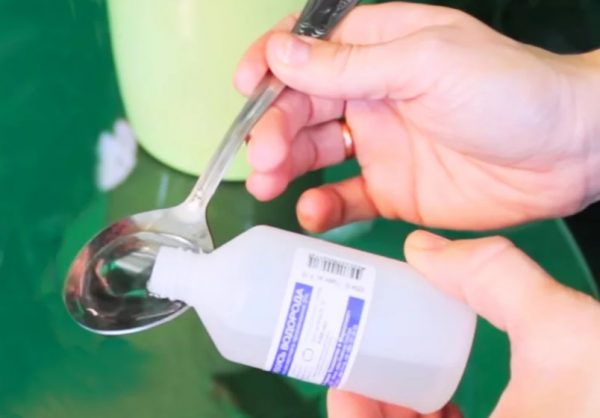

Rules for watering plants with hydrogen peroxide
To prepare a solution for one liter of water, you will need to add approximately 2 tablespoons of tablespoons of hydrogen peroxide of 3% concentration. Watering seedlings in this way is enough to be done once a week. At the same time, the soil is disinfected, which prevents bacteria from developing.
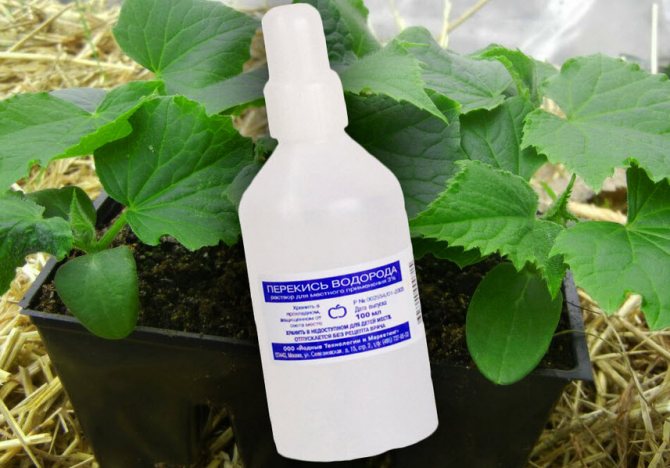

And you can spray the plants with this solution daily.
Care should be taken when using hydrogen peroxide to water plants, as the concentrated solution can cause burns if it gets on the skin.
Treat the seeds before sowing
| Stage 1. Prepare everything you need. Capacity. A small deep plate or any other container at hand will do. Peroxide and clean warm water. It is better to make the solution with boiled water, which does not contain any bacteria. Cotton pads or a piece of gauze. Breathable fabric will work too |
| Stage 2. Conduct seed disinfection Lay gauze on the bottom of the container or put a cotton pad. Spread the seeds in an even layer so that later it is easy to get out. Prepare a 5% solution... Dilute the peroxide with water in a 1: 1 ratio and cover the seeds completely. Withstand 25 minutes... Remove the planting material and rinse in warm water. |
| Step 3. Soak the seeds Prepare a solution. Dilute the peroxide with water in a ratio of 1:10 (for half a liter of water, 3.5 tablespoons). Place seeds in it. Withstand 12 to 14 hours. Then remove the seeds and rinse well with water |
| Stage 4. Dry the planting material Place seeds on a cloth or clean surface. From time to time, you can gently stir up the seeds so that they dry evenly. Dry until free flowing. When the seeds separate easily from each other and do not stick to your fingers, you can finish drying |
Benefits of hydrogen peroxide for plants and seedlings
- Any wounds on plants can be disinfected with peroxide.
- Watering under the root enhances "root hygiene", enriching the roots with additional oxygen ... ... removes all bad things, which means it raises the immune system.
- Seeds can be soaked in hydrogen peroxide before sowing, it has a great stimulating effect on seed germination and plant growth. Watering seedlings of flowers and vegetables every 4-5 days, i.e. virtually every first or second watering….
- After picking the seedlings, it is recommended to regularly sprinkle with a solution of hydrogen peroxide, not even skimping…. Peroxide again gives extra oxygen in excess to the leaves…. Seedlings develop better!
- The recipe is simple: for 2 liters of water, 40 ml of 3% hydrogen peroxide. That is, the pharmacy bottle that I have in the photo is just 2 liters of water. This solution can be watered at the root and sprayed on the leaves. This solution disinfects the soil and protects plants from pests. It has long been known that the healthier the plant, the fewer pests attack it!
- And in conclusion: You can prepare an effective insecticide for spraying plants: 100 ml of 3% hydrogen peroxide, 100 g of sugar and 2 liters of water.
- Rooting cuttings in this solution works wonders! Cuttings do not rot in water with hydrogen peroxide. Only before the roots appear, it is necessary from time to time to partially or completely change the solution, or just add fresh!
conclusions
In general, we can conclude that feeding with hydrogen peroxide is well suited for seedlings of peppers, tomatoes, eggplant, as well as for indoor plants. In principle, you can also use it for watering after planting plants in open ground, adding it to the water tank. Many have been convinced by their own experience that feeding plants in this way, they grow 1.5-2 times better. They gain a strong green mass and are almost not exposed to diseases. Considering the low price of hydrogen peroxide, this feeding method can be considered one of the best and most affordable. Many people use peroxide to treat various medical conditions and take it by mouth. Therefore, you can safely feed your plants and not be afraid that any harmful chemicals will accumulate in them. And this is one of the most important factors in the cultivation of fruit plants, since, first of all, it is important for a person to get a clean and healthy product that brings health.
Advantages and disadvantages of using
Hydrogen peroxide or hydrogen peroxide differs from water by one additional oxygen atom and has the chemical formula H2O2. The substance is involved in redox reactions, has bactericidal agents.
Peroxide in negligible doses is contained in natural precipitation - snow, raindrops, dew. But the concentration of the pharmaceutical preparation is also low - 3%.Considering that for watering and processing tomatoes, a maximum of 30 ml of hydrogen peroxide is diluted in 1 liter of water, it turns out that there is very little of it in the solution.
So the effect of peroxide is similar to that of natural precipitation. This is especially important in greenhouses and when growing seedlings. Spraying or watering tomatoes with hydrogen peroxide can provide significant benefits:
- H2O2 participates in redox processes;
- gives energy to tomatoes;
- improves the absorption of nutrients;
- makes fertilizers more accessible;
- disinfects soil, seeds and plants;
- prevents putrefactive processes;
- accelerates the development of tomatoes, including the formation of flowers;
- helps to fight some diseases and pests;
- aerates and heals the soil.
The effect of peroxide becomes noticeable literally the next day, especially on tomato seedlings. Frail, pale seedlings spread the leaves, their color becomes saturated.
How many gardeners, who saw that after a single treatment, the culture literally came to life, would like to water the tomatoes with peroxide again and again, without thinking about the consequences! But hydrogen peroxide for tomato seedlings can be harmful, especially when used uncontrolled:
- The drug really accelerates the formation of fruit clusters and the build-up of green mass. But do gardeners need tall, budded or already blooming tomatoes a month or more before planting in the ground? What will happen to them when they move to a permanent place?
- According to gardeners, if you fertilize tomatoes with peroxide at the root with each watering, the purchased soil is sometimes covered with a moss-like bloom. This drug may be reacting with one of the substrate additives. In any case, tomatoes will not benefit from this.
- Peroxide does more than just disinfect the soil. If you feed the soil constantly, it will kill all microorganisms. Of course, the nutrients will be supplied to the tomatoes with fertilization. But when transplanted into the ground, it makes no difference whether it is a greenhouse or a vegetable garden, the culture will be defenseless against the very first fungus or other infection, since it grew in almost sterile conditions. At best, it will take a long time to adapt. At worst, the bush will die before it can take root.
- Peroxide, contrary to popular belief, does not have a wound-healing effect. She tends to destroy the treated damaged tissue. This is good for purulent wounds or burns in humans, as it facilitates the removal of necrotic formations. In plants, the places of putrefactive lesions of tomatoes can be moistened with peroxide. But once it gets into an ordinary wound, the drug will only increase it and delay healing. It is especially dangerous to process or water tomatoes with peroxide during or immediately after a pick, when removing stepsons or leaves under a brush that has begun to pour.
Correct and moderate use of hydrogen peroxide solution will help you get a good harvest. Uncontrolled use can destroy seedlings, and will cause significant damage to adult tomatoes.
The benefits of peroxide
Hydrogen peroxide (hydrogen peroxide) is a colorless liquid with a metallic taste. Soluble in water.
Possesses oxidizing and reducing properties.
It is capable of oxidizing to atomic oxygen, which is due to the beneficial effect on vegetable crops:
- increases the rates of seed germination;
- saturates the root system with oxygen;
- helps the sprouts to assimilate nutrients;
- improves soil structure by restoring manganese and iron salts and neutralizing chlorine, nitrates and nitrites;
- increases resistance to disease and resistance to pest infestation.
Additional functions
Due to redox reactions, it performs the protective function of a bactericidal agent:
- disinfects seeds and substrate against pathogenic bacteria;
- provides antiseptic protection against pathogens of fungal and bacterial infections;
- protects vegetable plantings from pest damage;
- disinfects places of mechanical damage in plants.
It is widely used in the cultivation of tomatoes, cucumbers, cabbage, peppers and the cultivation of indoor and garden flowers.
Application for fungal infections
For adult bushes of peppers, hydrogen peroxide is not used as a fertilizer. It is mistakenly believed that the product helps to cope with fungal diseases and pests. So, for example, some gardeners practice watering seedlings with late blight with peroxide. The drug does not kill fungi that provoke infection, but only inhibits their growth. Therefore, the use of peroxide from late blight is impractical.
The tool shows effectiveness in combination with iodine. To combat late blight on pepper, the following composition is prepared:
In a liter of warm water, stir 2 tbsp. l. peroxide and 5 drops of iodine. The solution is used for treatment on the leaf of diseased plants.
Application as fertilizer for tomatoes
You can also fertilize tomatoes with hydrogen peroxide. Dilute the peroxide with water (3 liters per 50 ml of the product) and water the tomato bushes with the resulting fertilizer. You can fertilize both young seedlings and adult bushes.
Watering the seedlings with this agent helps the rhizome to better absorb trace elements and macronutrients. The released oxygen "eats" the small roots, and also destroys all pathogenic bacteria and fungi. You just need to remember that it is not advisable to water the foliage of plants. Top dressing is done no more than once every 10 days.
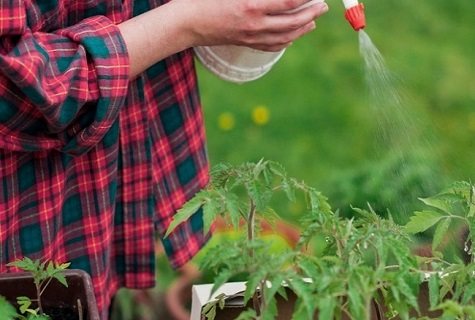

When watering tomato seedlings in this way, you must follow a number of recommendations:
- Water must penetrate into the ground to a depth of more than 15 cm;
- The need to use only warm water (not cold);
- When watering the bushes, the liquid should not fall on the tops and erode the ground around the holes;
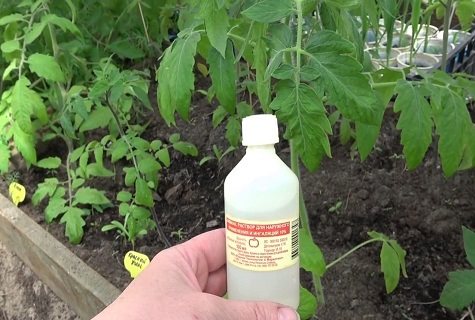

You need to water the bushes in the early morning or late evening, when the sun has already set (if you water the tomatoes at a time when the sun is shining, they can get burned and die).
Recipes and methods
Hydrogen peroxide preparations are used for plants most of all in the next. directions:
- Soaking seeds - "oxygen push" stimulates germination, and free oxygen kills spores of phytopathogens present on its shell;
- Watering - for the purpose of oxygen aeration (oxidation) and disinfection of the soil, sterilization ("cauterization") of dead roots - wounds from dead root hairs, the favorite way of invasion of black leg seedlings and other plant infections), suppression of the development of phytopathogens-anaerobes;
- Directional spraying - to destroy sucking pests, stimulate plants to fight them, improve deciduous-ornamental and, for floral-ornamental, delay plants in the flowering phase;
- For disinfection of dishes for plants, greenhouses, inventory and equipment - they are simply washed with a 3% solution. Safe, effective, environmentally friendly, but prohibitively expensive in terms of medical vials.
What does duality mean
Now, before the practical recommendations, it is time to clarify the aforementioned "chemical duality" of hydrogen peroxide. Everyone is accustomed to consider this substance as an oxidizing agent, but in the same medium (solution) with oxidizing agents stronger or of comparable strength, hydrogen peroxide becomes ... a reducing agent. Applied to the topic, this means that all its beneficial properties disappear, and the harm to plants increases. Therefore, hydrogen peroxide is unacceptable to use in the next. cases:
- To prepare its solutions in chlorinated water or with the addition of fluorine-containing compounds (some pesticides) - fluorine is an oxidizing agent stronger than oxygen, and chlorine is only slightly weaker.The end result of redox reactions will be an intense release of free oxygen, which will burn the plant.
- The same is true in a solution containing other strong oxidants: bleach (bleach), potassium permanganate (potassium permanganate).
- Prepare solutions on water containing organic matter: rain settled (albeit boiled), borehole, not chlorinated and degassed, secondary for irrigation from a septic tank with a bubbler and activated sludge. The reason: many proteins are the same catalysts for intensifying the decomposition of peroxide, like transition metals.
- The same thing - on water from an iron barrel.
- You cannot use hydrogen peroxide in conjunction with iodine and bromine preparations - peroxide will restore these weak halogens to free forms that will burn the plants.
The conclusion from this whole set of restrictions is simple: solutions with hydrogen peroxide that are safe for plants must be prepared in boiled tap water. This, of course, seriously limits the use of peroxide in open field and greenhouse crops.

